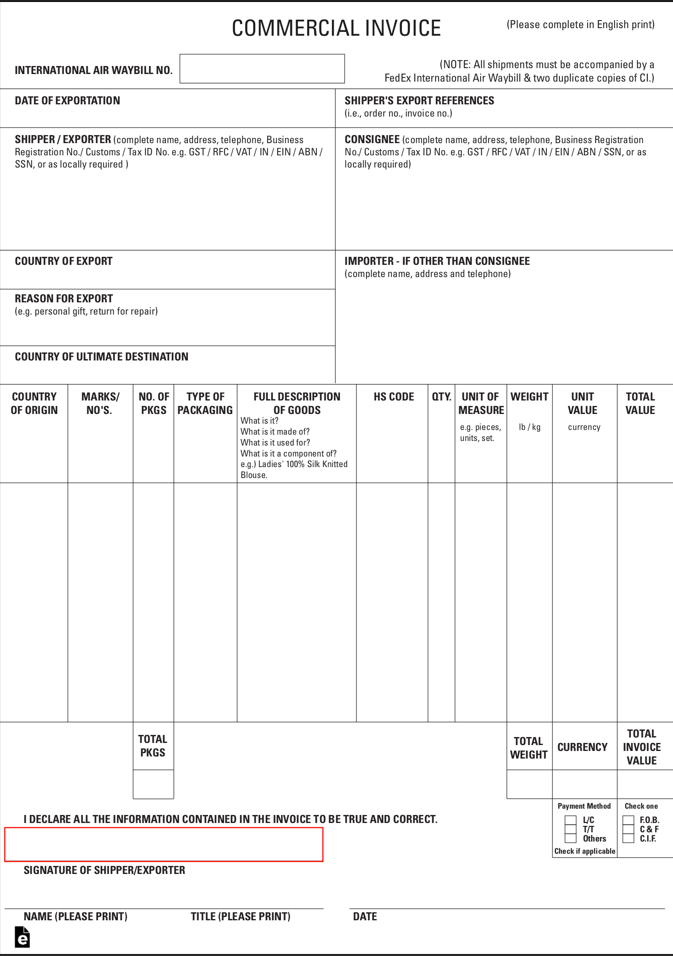USACC welcomes you. We prefer to discuss any question about your document by phone rather than email, Please call us at (202) 468-4200.

Guide to Medical Letters: Types and How to Obtain Them
Introduction:
Medical letters are official documents issued by healthcare professionals or medical institutions for various purposes related to patient care, treatment, and medical information. This guide provides an overview of different types of medical letters, their significance in healthcare, and how to obtain them, with insights from the US Arab Chamber of Commerce.
Types of Medical Letters
Medical letters serve different purposes and may include:
- Medical Records Release Letter: Authorizes the release of a patient's medical records to authorized individuals or entities, such as other healthcare providers, insurance companies, or legal representatives.
- Medical Certification Letter: Certifies an individual's medical condition, treatment, or fitness for specific purposes, such as employment, disability benefits, or medical leave.
- Referral Letter: Refers a patient to another healthcare provider or specialist for further evaluation, diagnosis, or treatment of a specific medical condition.
- Treatment Summary Letter: Summarizes a patient's medical history, current treatment plan, medications, and other relevant information for coordination of care among healthcare providers
Importance of Medical Letters
Medical letters play a crucial role in healthcare for several reasons:
- Patient Care Coordination: Facilitate communication and coordination of care among healthcare providers involved in a patient's treatment.
- Legal Documentation: Serve as legal documentation of medical information, treatment plans, and patient-provider interactions in various healthcare and legal contexts.
- Medical Records Access: Provide authorized individuals or entities with access to a patient's medical records for continuity of care, insurance claims, or legal proceedings.
- Medical Certification: Certify a patient's medical condition, treatment, or fitness for specific purposes, such as employment, disability benefits, or legal matters.
How to Obtain Medical Letters
- Request from Healthcare Provider: Contact your healthcare provider or medical institution directly to request the specific type of medical letter you need.
- Provide Necessary Information: Provide necessary information to your healthcare provider, such as your name, date of birth, medical history, and the purpose for which you need the medical letter.
- Authorization Form: Complete and sign any required authorization forms or release of information forms to authorize the release of your medical information for the purpose of obtaining the medical letter.
- Obtain Letter: Once your healthcare provider prepares the medical letter, you can typically receive it in person, by mail, or electronically, depending on your preference and the provider's policies.
- Review and Verify: Review the medical letter carefully to ensure that it contains accurate and relevant information before using it for its intended purpose.
Sample Medical Letter Template:
Provide sample templates for various types of business letters, including cover letters, sales letters, complaint letters, acknowledgment letters, and thank-you letters.

Benefits of Using US Arab Chamber of Commerce
-
Expert Guidance and Support: Businesses can benefit from the chamber's expert guidance and support throughout the invoicing process, ensuring compliance with international trade regulations and best practices.
-
Access to Resources and Templates: The chamber provides access to a wealth of resources, including standardized templates and educational materials, streamlining the invoicing process for businesses of all sizes.
-
Streamlined Documentation Process: By leveraging the resources and expertise of the US Arab Chamber of Commerce, businesses can streamline their documentation process, minimizing errors and delays in trade transactions.
Conclusion:
In conclusion, medical letters are essential documents that serve various purposes in healthcare, including communication, documentation, certification, and coordination of care. By understanding the types of medical letters available and how to obtain them, patients can effectively navigate the process of obtaining medical documentation for their healthcare needs.
US Arab Chamber of Commerce Branches
USACC Head Office DC
1330 New Hampshire Ave, NW Suite B1, Washington, D.C. 20036(202) 468 - 4200
usarab.com